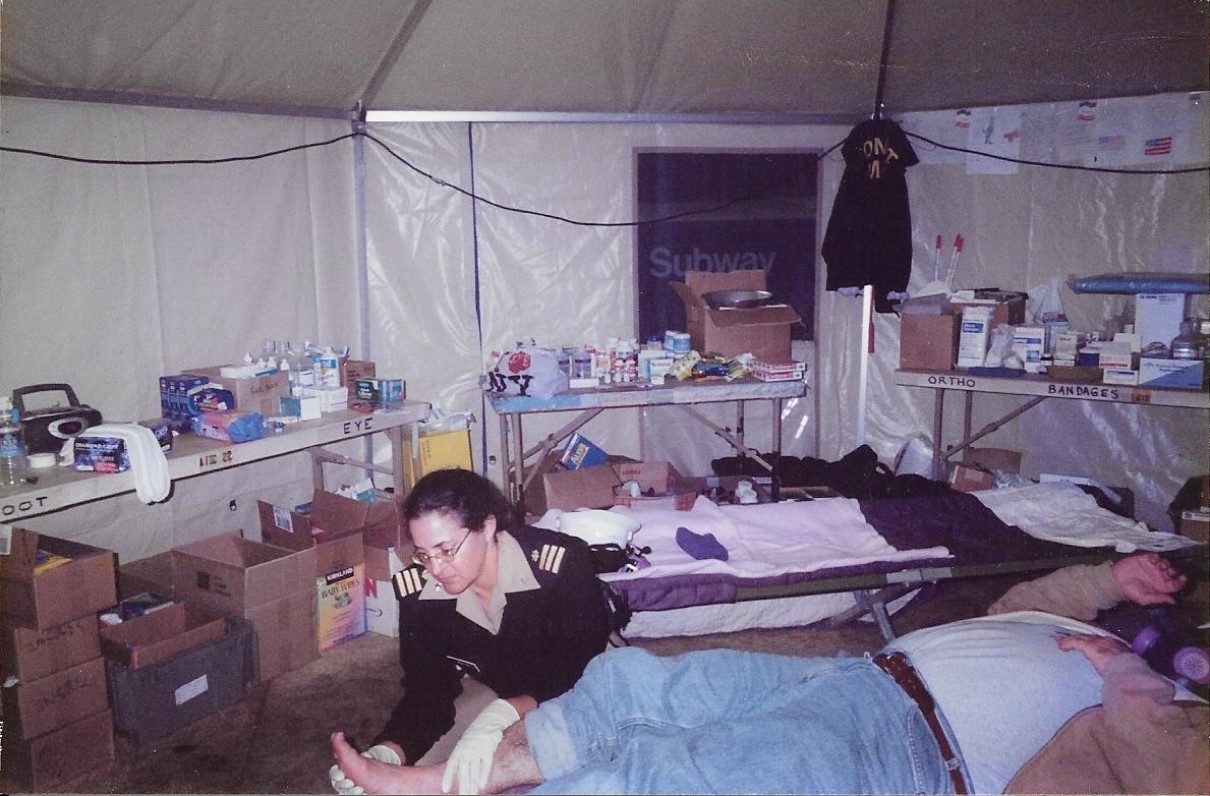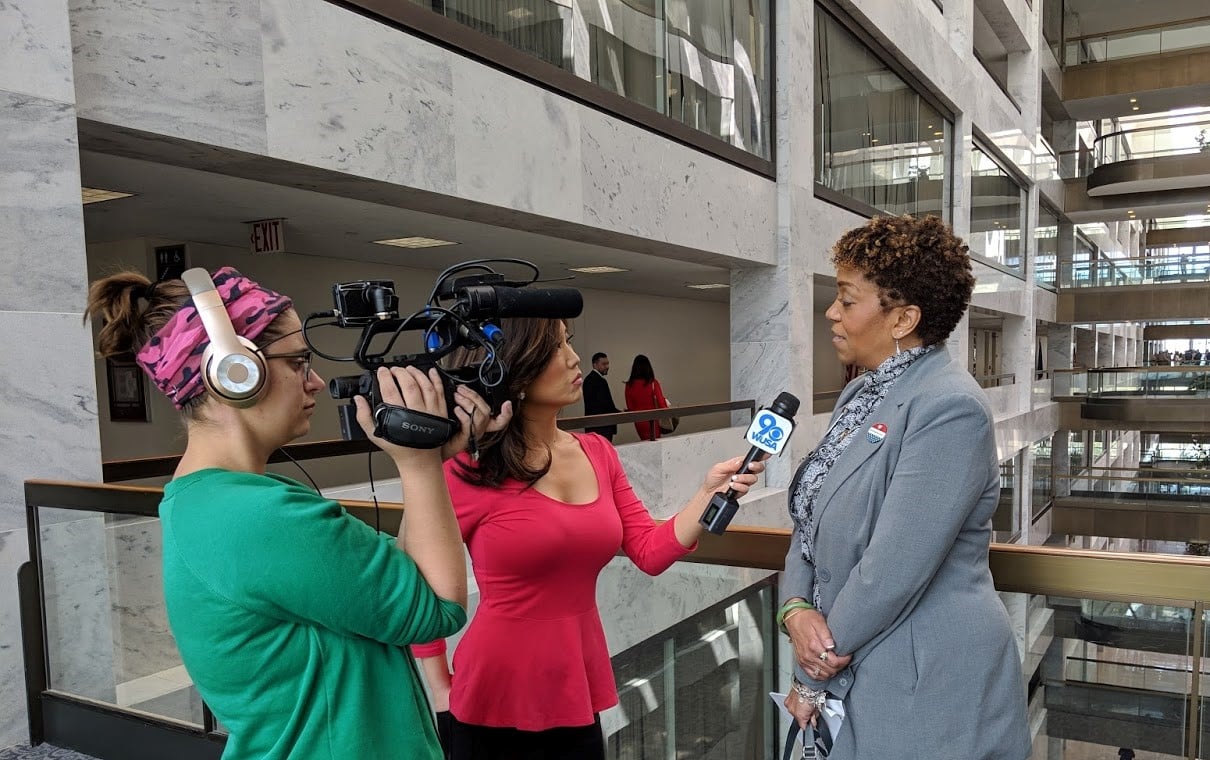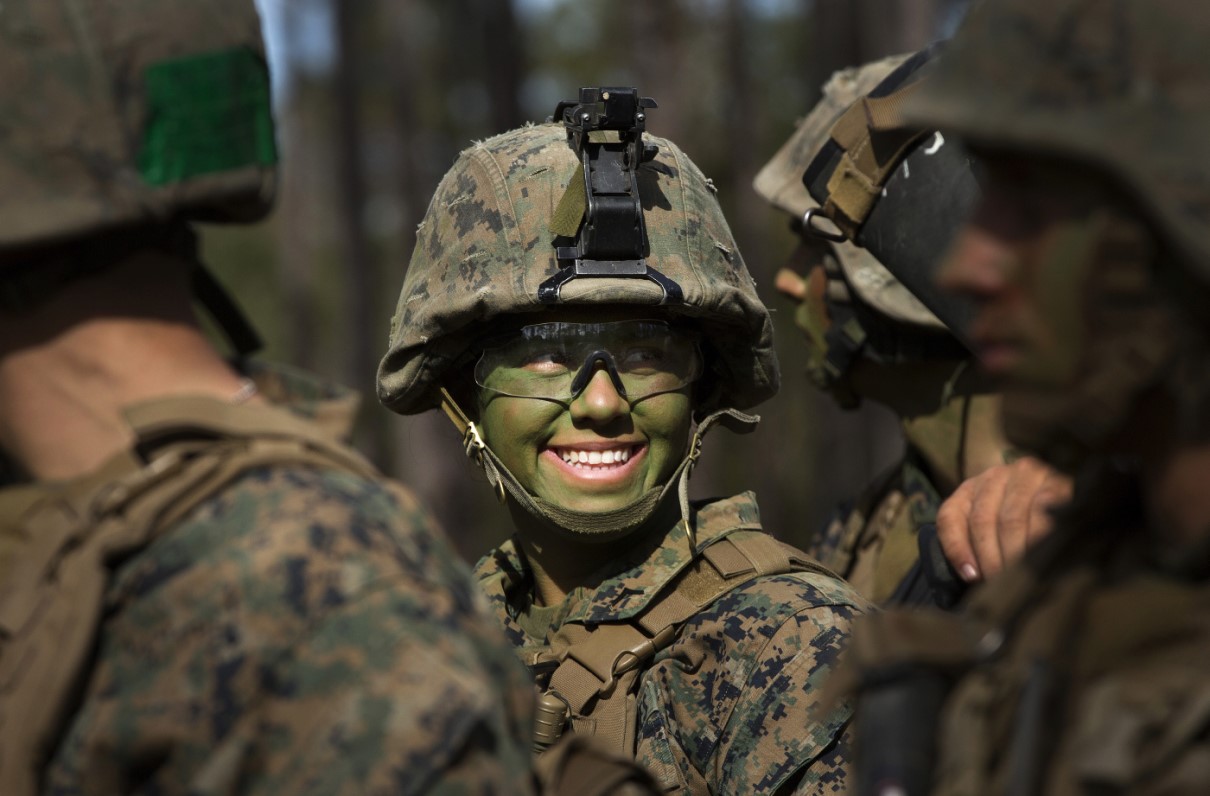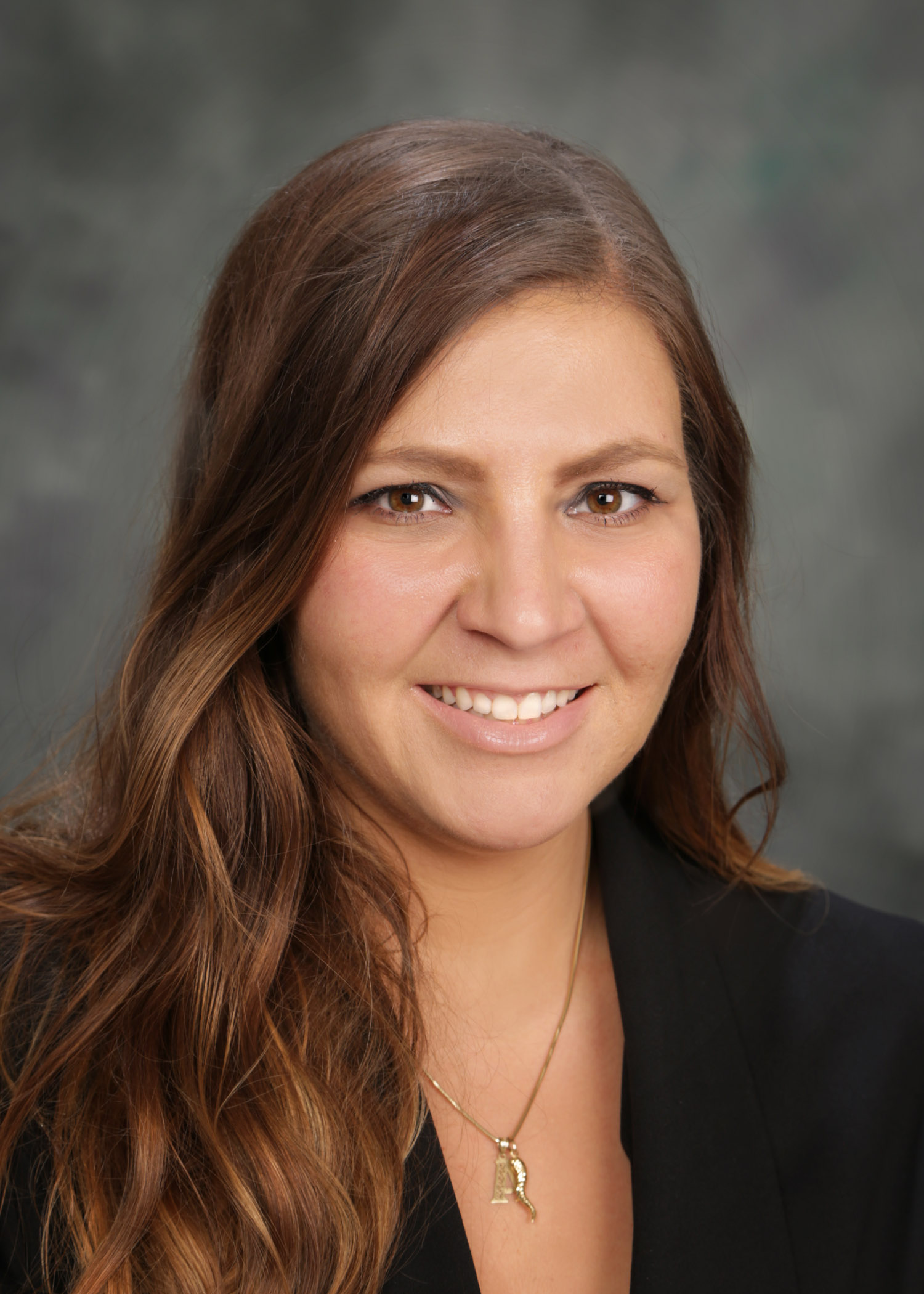Editor’s Note: This article was originally published May 3 as part of MOAA's celebration of National Nurses Week. It was one of several stories of service from members of the MOAA Uniformed Services Nurse Advocates Virtual Chapter. Learn more about the chapter here.
Amid the rubble and destruction after the Sept. 11 terrorist attacks in New York City, Angela Martinelli and a small group of nurses cleared out the spoiled meats in a deli to set up a clinic on Vesey Street, near the remnants of the Twin Towers.
In the diner next to their makeshift clinic, donuts and coffee mugs were still on the counter, like a snapshot frozen in time. The air was still smoky and the ground was still hot, Martinelli said, remembering how search dogs stumbled to get their footing with boots on.
MOAA Celebrates National Nurses Week
Check out these stories of service from MOAA members:“Everybody was in a state of shock,” said Martinelli, who retired in 2015 as a Captain in the U.S. Public Health Service. “We were just all milling around. You couldn’t believe what you were seeing. We were all in uniform, all on the same team, trying to help each other.”
In her 30 years of service with the Air Force, Army, Army Reserve and U.S. Public Health Service, Martinelli traveled all over the world to treat sick and wounded people in times of need. When she was called to deploy on American soil – to New York, not far from her Connecticut hometown – she was heartbroken, but ready.
“In a way, it was an honor that I was trusted to go,” Martinelli said. “I wanted to be there and I wanted to do something. It’s great to have skills where you’re needed.”
Martinelli and other medical personnel from the USPHS began their first shift in Manhattan at midnight Sept. 22. The team cleared out the damaged deli and other settings at Ground Zero and set up their medical equipment and cots for emergency workers to take quick reprieves. Martinelli said it was tough to convince the workers to stay for meaningful rest, so most often they worked quickly to bandage scrapes and pass out clean socks.
“We were competent and compassionate,” Martinelli said. “These steelworkers – they didn’t want to talk. It was, ‘Fix my blister, give me new socks, I’ve got to get back out there.’ If they had blisters they couldn’t work, so they’d come in. They could gash their arm and they wouldn’t come in. They didn’t stop.”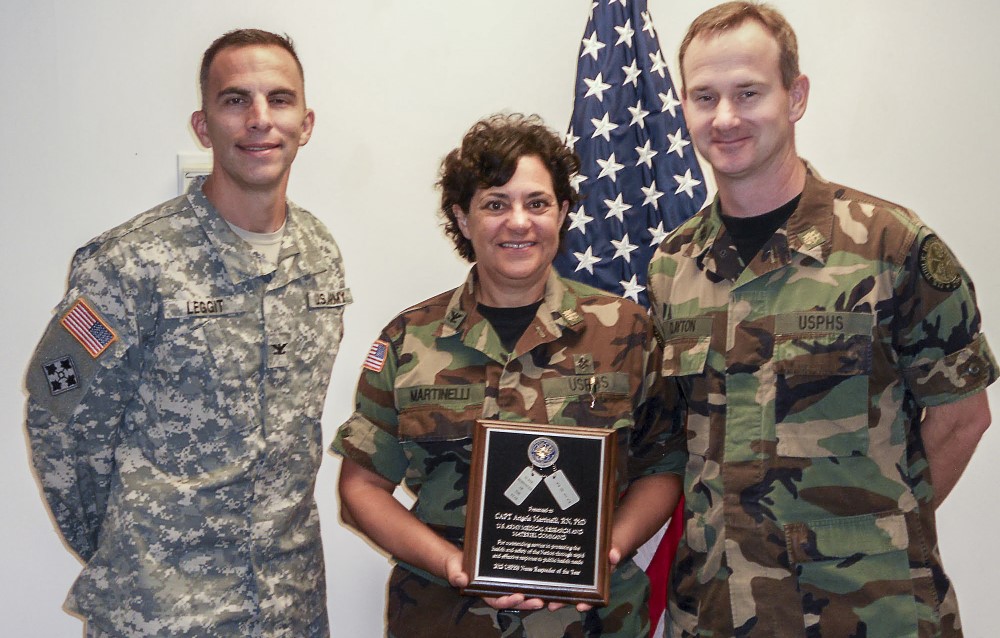
Capt. Angela Martinelli, center, accepts her award as 2012 Public Health Service Nurse Responder of the Year. (Army photo)
The team stayed for about 10 days, treating anyone who came in. That deployment, unbeknownst to Martinelli at the time, elevated the status of the U.S. Public Health Service.
“It changed my idea of the U.S. Public Health Service,” Martinelli said. “We had gone on deployments, but it was really the first time we came together immediately. It wasn’t something that military would respond to because it happened on national soil. From there, we had increased our number of deployments to earthquakes, fires, hurricanes. It really was a hallmark deployment for U.S. Public Health Service.”
Amanda Dolasinski is MOAA’s staff writer. She can be reached at amandad@moaa.org. Follow her on Twitter @AmandaMOAA.
